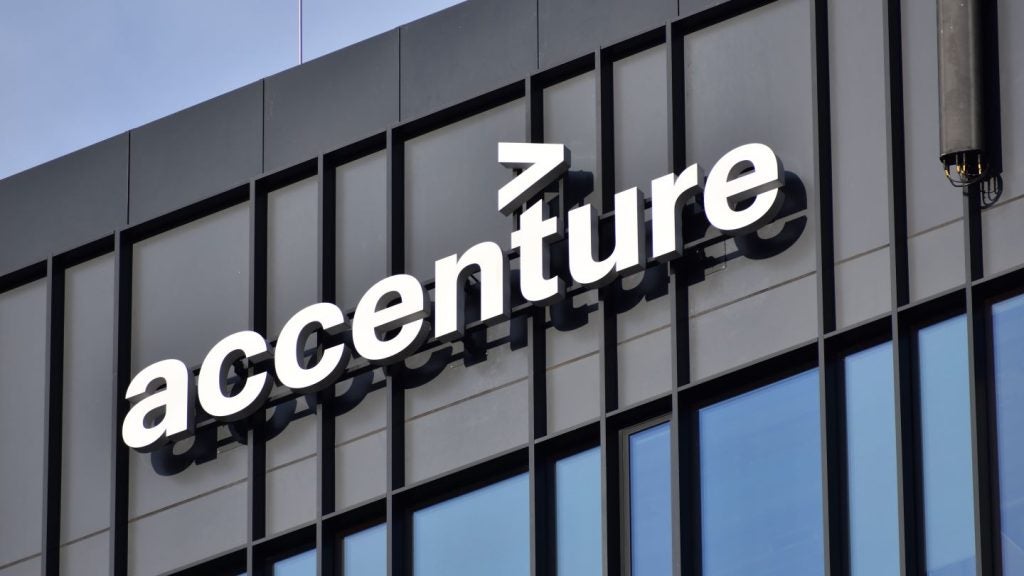
Technological change is inescapable. Innovation continues to push the boundaries of what is possible. Increased globalisation and multinational cooperation have encouraged the sharing of new ideas, and governments, corporations, and individuals need to be prepared for digital disruption.
The Economist Intelligence Unit (EIU) has compared 82 nations on key technological readiness indicators: access to the internet, digital economy infrastructure, and openness to innovation.
Emily Mansfield, author of the report and director of the Country Forecast Product at The Economist Intelligence Unit, tells Verdict:
“We give an equal weighting to each of the eight indicators and then scale them to give a score out of ten. All of the scores for the historical period were based on quantitative data series except for the final one, regarding the research infrastructure, which was scored on a qualitative basis.
“The scores for the forecast period represent projections made by our country specialists, taking into account historical trends in the data, government policy initiatives, the economic outlook and other relevant factors.”
In the historical period (2013-2017), Nordic nations Finland and Sweden were ranked first and second overall with respective scores of 9.71875 and 9.4375. For the forecasted period (2018-2022), Singapore, Australia, and Sweden top the list with the high score of 9.71875. Finland fell to joint fourth place, perceived to emulate Sweden’s previous score of 9.4375. The US and France, which placed joint 11th in the historical period, are expected to join Finland in fourth place over the projected period.
Technological readiness: access to the internet
Internet usage
In a measurement of internet users from 2016, the EIU found that, as expected, 80%-100% of the developed world’s population are internet users. One exception is the US, where only 60%-79% of the population were considered internet users. In total, the EIU estimates that around half of the world’s population had access to the internet in 2017.
By 2022, this figure is predicted to rise to 75%. Most of the growth is expected to occur in South American and Middle Eastern countries, which is attracting large amounts of private sector broadband investment. In general, there is a strong link between internet usage and a nation’s technological readiness.
A few exceptions are Kuwait, Bahrain, and Azerbaijan – with the latter recording an internet usage rate of 78%, ahead of Russia, while investments in broadband and other digital infrastructure remain continually low.

Mobile phone subscriptions
Another measure of internet access is through mobile phone subscriptions, which have soared in the past decade. In India, approximately 80% of internet usage now takes place through a mobile phone. With this in mind, the EIU has ranked the top ten and bottom ten countries by mobile phone subscriptions per 100 people.
The highest ranking country is Hong Kong where there are currently 2.3 mobile phone subscriptions per head. Meanwhile, only 13 countries have less than one subscription per person. One surprise inclusion is Canada where there are 0.82 mobile phone subscriptions per head, which reflects the high cost of phone subscriptions in the country.
Subscriptions are expected to grow significantly over the forecast period, with the rolling out of fourth generation (4G) network capabilities in developing companies and 5G soon to be launched in some advanced economies. Mobile phones are becoming increasingly important for business especially where broadband subscriptions remain low.
Mansfield said: “The ranking for mobile subscriptions is skewed by some very high scorers — such as Hong Kong, where there are 2.3 mobile subscriptions per person. This reflects the fact that it is typical to have both work and private mobiles in Hong Kong — and that these subscriptions won’t work in nearby Macau or mainland China.”
Technological readiness: digital economy infrastructure
E-commerce
With increasing internet access worldwide, e-commerce is becoming an increasingly favourable way to reach a larger consumer base at a lower cost. The EIU found that countries with a strong e-commerce sector are increasingly attractive to investors.
Countries that score high in this category are developed countries in Northern Europe such as the Netherlands, Norway and Denmark, while the leaders in digital economy infrastructure in the developing world are in South East Asian nations (Malaysia, Thailand, and China) and in Latin America (Costa Rica, Brazil). The EIU forecasted that African countries still have a long way to go to develop infrastructure and instill trust in online payment systems and public access to banking in general.
E-government
A clever way to measure a nation’s digital economy infrastructure is by comparing the level of online government services to perceived corruption, using data from the Transparency International Corruption Perceptions Index. The theory is that an increase in greater online services leads to greater government transparency.
As you would expect, higher levels of online services are typically found in countries where corruption is perceivably lower (UK, Australia, US). And vice versa, countries such as Libya and Nigeria, where e-government is limited, corruption is perceivably higher.
What is most interesting is that the BRIC countries, which are developing quickly, have relatively high levels of online government services but also perceivable corruption remains high.
Mansfield explained:
“The clustering of the BRICs on the scatter-chart of e-government services and corruption perceptions is interesting. I would say this reflects the fact that these major emerging markets have really struggled to stamp out corruption, despite in some cases significant economic development, and clear investment in online services.
“It is very difficult to get rid of corrupt practices when they are endemic, and e-government is not enough on its own — it has to be accompanied by accurate record-keeping, robust regulations and a reliable legal system to ensure that the rules are enforced.”

Cybersecurity preparedness
Highly disruptive cyber attacks are becoming more prevalent. In 2017, there were the so-called WannaCry and Petya ransomware attacks that crippled Microsoft Windows operating systems and demanded ransoms in the Bitcoin cryptocurrency.
In Germany this year, the government networks and the US blamed Russia for an attack on its energy grid. Thousands of data breaches and privacy issues continue to cripple social media networks, prompting governments to prioritise technological readiness on cybersecurity.
The UN’s International Telecommunication Union (ITU) assessed national legal, technical and organisational capacities in its Global Cybersecurity Index and found that the high-scoring countries on this scale are the US, Canada, Australia, and Singapore.
Estonia continues to remain Europe’s leader in cybersecurity technology. Nato’s cybersecurity centre has been hosted in Tallinn since 2008, and the EIU has predicted that Estonia’s overall technological readiness score will continue to improve up until 2022.

Technological readiness: openness to innovation
Internationally granted patents
The EIU views patent activity as a good measure of innovation as its objective, quantifiable and internationally comparable. While not all patents are ‘high-quality ideas with practical applications’, the EIU has only included patents granted by the European Patent Office and the US Patent and Trademark Office, as these patents are expensive and more rigorously examined, and therefore more likely to be of a higher standard.
Using this metric, the US leads the way on international patents granted with 159,192 in 2015. In second place was Japan with 65,785, less than half the number of US patents.
Research and development
According to 2017 figures from the Organisation for Economic Cooperation and Development (OECD), supplied by the Financial Times (FT), Israel overtook South Korea as the leading R&D spender, allocating 4.25% of gross domestic product (GDP). South Korea spends a slightly lower 4.23% but this is still significantly higher than the US (2.79%) and the EU average (1.95%).
The FT reports that South Korea still holds the lead in so-called ‘basic’ research, which is the procurement of new knowledge without a directly known application. Almost 75% of South Korea’s R&D is performed by business.
The two countries also collaborate on R&D, establishing the Korea-Israel Industrial R&D Foundation in 2001. Samsung’s first R&D centres outside of South Korea – specialising in camera technology and semiconductor tech – were set up near Tel Aviv.
Mansfield added:
“I would say that the emphasis on R&D spending in Israel, South Korea, and the US reflects the degree to which these countries consider high-tech innovation to be a key part of their comparative advantage.
“For instance, South Korea has for decades been extremely invested in being at the cutting edge of developments in the manufacturing sector, in particular. Israel benefits from high R&D spending from the private sector, especially from multinationals (E.g. Intel, Apple), and also has a strong start-up culture. The heft of the highly innovative tech sector supports the US’s position in our ranking.”

Research infrastructure
The final performance indicator observed by the EIU is the strength of a nation’s technological hubs. A study of the world’s most dynamic clusters includes Beijing, Shenzen-Hong Kong, and Silicon Valley in California, US.
A surprising omission from the list is Silicon Allee in Berlin, which may not have the financial gusto just yet but is aiming to become one of the most attractive environments for emerging tech start-ups. You can read more about the world’s top three tech hubs here.







